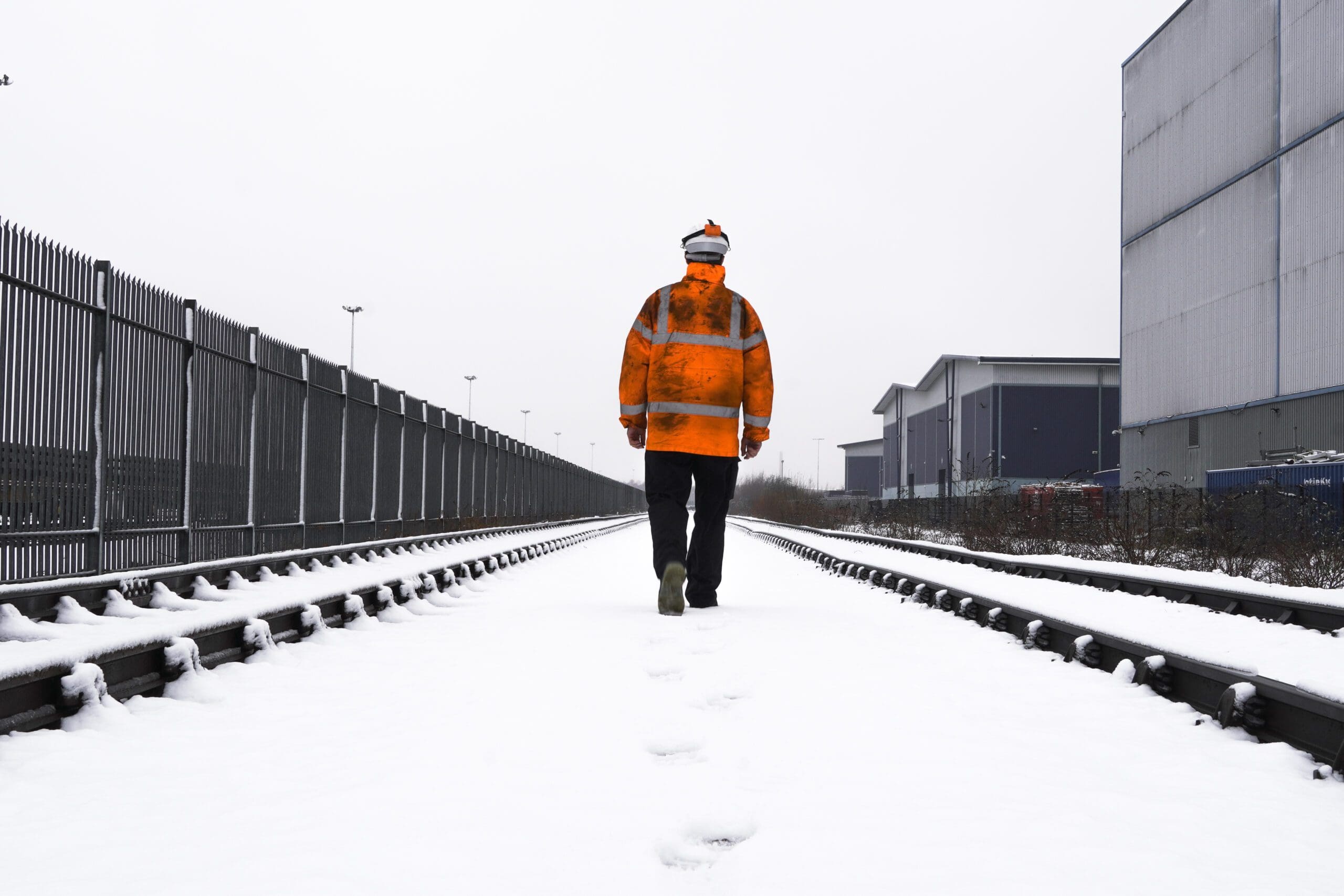Railroad Settlements and Asbestos
In 1862, Congress passed the Pacific Railroad Act, which helped to fund two transcontinental railroad companies by giving large grants of land for rights-of-way. railroad back injury settlements who develop cancers due to workplace exposures may make claims against their employers under the Federal Employers Liability Act (FELA).
An Illinois jury handed down an $7.5 million verdict to an ex- Union Pacific trackman dying from acute myeloid leukemia. He blamed his blood-cancer on exposure to creosote, benzene and other chemicals used to preserve wooden railroad ties.
Creosote
Coal tar - the wood preserver employed to shield railroad ties from heat, sun and cold, rain and snow. Workers are exposed chemicals and solvents, like benzene, during the application of coal creosote. Benzene is a well-known carcinogen and can cause myelodysplastic syndrome, leukemia and non-Hodgkin's lymphoma as well as other serious side effects such as convulsions, changes to your heartbeat, liver damage anemia and bone marrow damages. cancer of the lungs and skin.
Our lawyers have been successful in prosecuting numerous lawsuits against Union Pacific Railroad for exposure to coal-tar creosote. One of these cases resulted in the settlement of a $7.500,000 verdict. The plaintiff was a track department worker was diagnosed with acute myeloid cancer as a result exposure to toxic chemical compounds while on working for over 31 years. The jury found that the railroad did not provide any personal protective equipment, and regularly exposed him to a diverse range of toxic chemicals like coal-tar creosote and coal tar distillates, naphtha, carbolineum and other cleaning solvents.
Another instance involved the use of copper naphthenate as a substitute for creosote derived from coal. Although copper naphthenate is less hazardous to the environment than creosote it can still be extremely dangerous. Multiple myeloma settlements has been identified as a carcinogen and can cause nerve, skin and lung damage to the lung, skin and nerves. It also pollutes soil and groundwater with benzene.
Benzene
Benzene is a colorless petroleum hydrocarbon that is used to create resins, plastics, and synthetic fibers. It is also found in diesel fuels and exhaust. Diesel fumes are commonly inhaled by almost all railroad workers. Benzene is a carcinogen that is well-known is linked to leukemia and myelodysplastic disorder (MDS).
There is no limit to the amount of exposure to benzene. It can be taken in through the skin and inhaled. Exposure for long periods can harm the bloodstream and cause health problems, including menstrual cycle irregularities, anemia and fertility problems. Colon cancer lawsuit settlements has also been linked to certain types of cancers such as lung and breast cancer.
The benzene compound can be inhaled orally however it is most dangerous when inhaled. Inhaling benzene may cause headaches, dizziness or nosebleeds. It can also disrupt the immune system, which can lead to infections.

Recent reports have highlighted the high levels of benzene in the vicinity of two Chicago train station. Commuters railway workers, commuters and city residents were exposed to the high levels of pollution. Schools halted classes and cities urged residents to seek shelter. Railroad workers, which includes car department employees, locomotive machinists, pipefitters and electricians, often utilize benzene-containing products, like Safety-Kleen parts washers and Brakleen as well as thinners and paints. The chemical is also used in printing solvents.
Asbestos
Early on, asbestos was used in the railroad industry. Asbestos consists of six naturally occurring silicate minerals with fibrous structure. They were previously used in construction because of their the ability to withstand corrosion, fire retardant and insulate characteristics. Inhaling these fibers can cause serious health problems like lung cancer, mesothelioma and asbestosis. These illnesses can last up to 30 years before symptoms begin to manifest.
The EPA has banned the mining and processing of asbestos in the United States however, it is used in a variety of products. This includes certain kinds of floor felt, paper and fake fire embers. When these materials are exposed either to heat or water they could release asbestos fibers. These fibers could also be released into the air during demolition or home remodeling.
A recent study has found that just five years of exposure to benzene significantly increases the risk of developing acute myeloid leukemia (AML). Consult your physician if you notice symptoms like night sweats or unexplained weight loss. They can do a blood test to look for AML.
The EPA recently settled a case against Genesee & Wyoming Railroad Services Inc. (GWRSI). GWRSI uses locomotives that operate on diesel fuel and emit nitrogen oxides (NOx) and fine particulate matter (PM2.5). This EPA settlement requires that GWRSI replace any of its current locomotives with newer models that are compliant with EPA emissions standards.
Diesel Exhaust
As long as diesel fuel continues to be used to power freight trains, railroad workers are exposed exhaust. Diesel exhaust is a harmful mixture of chemicals, which includes carcinogens like benzene as well as carbon monoxide. It also contains particulate matter, polyaromatic hydrocarbons, and nitrogen oxides.
In reality the International Agency for Research on Cancer classified diesel exhaust as a class 1 carcinogen. Diesel exhaust can also trigger respiratory illnesses like chronic obstructive pulmonary disease (COPD) or bronchiectasis. A 2006 study published in the journal Environmental Health Perspectives linked railroad worker's work and COPD rates.
When railroad cars and locomotives are in motion and idle, they emit diesel exhaust. The idling engines and machinery emit gases in addition diesel fumes, including sulfur dioxide and nitrogen oxides.
Diesel exhaust fumes can be not distinguishable in locomotive cabs, where conductors and engineers work up to six hours a day. The engine and equipment emit more diesel exhaust fumes as workers enter or leave the cabins. This could cause lung and cancerous issues.
In poorly ventilated roundhouses, shops and workshops railroad mechanics have to contend with high levels of exposure to diesel exhaust. They work in enclosed spaces with locomotives, track equipment and asbestos-insulated steam boilers.
